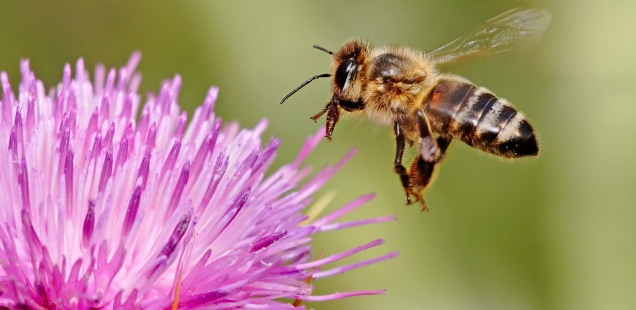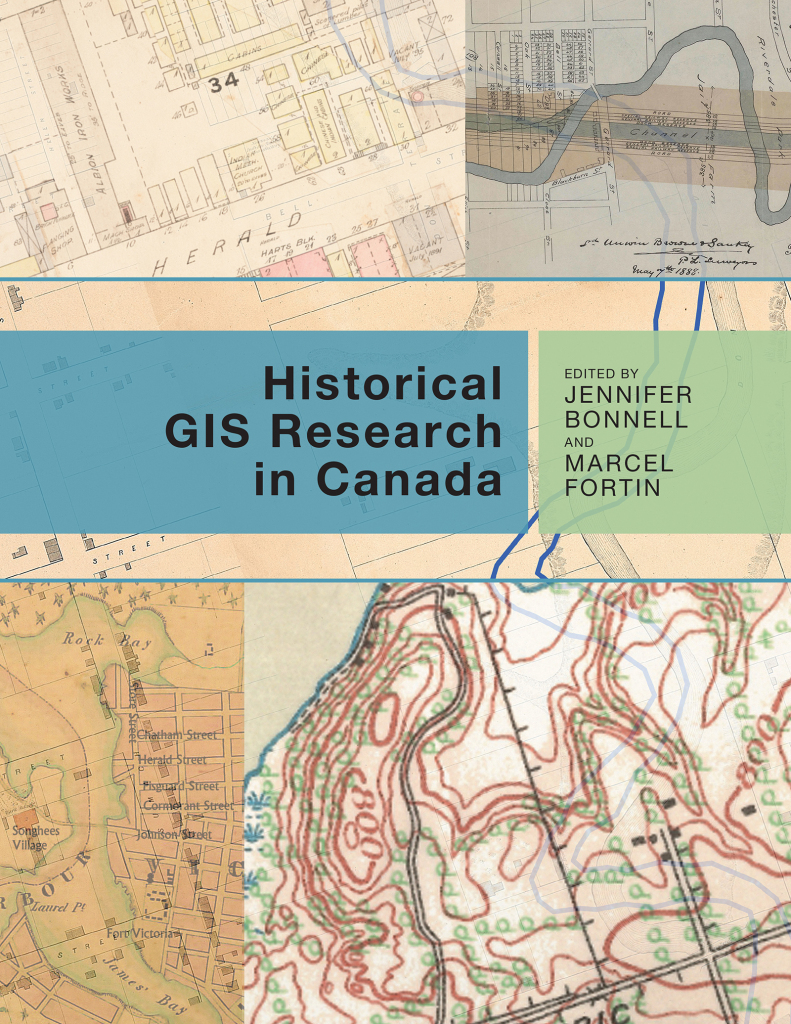
Profile of my honey bee research in Canada’s History
Thanks to Christopher Moore for profiling my research on honey bees and modernizing landscapes in the April-May 2015 issue of Canada’s History. The text of his article is below.
“Creating a Buzz”
(first published in Canada’s History, 2015)
Can honeybees help historians understand environmental change? Honeybees don’t have history, do they? Hatched by the millions, they labour all their lives as drones for the hive, and then they die.
But recently Jennifer Bonnell found honeybees everywhere in the history she was writing. Bonnell was doing environmental history, examining the interrelations between human history and the changing state of Toronto’s Don River.
The Don, she told me recently, has long been an “edge” space. It lies close to a growing city, but the deep valley it has carved makes it a little more resistant to development than the surrounding plain has been.
Early in the city’s history, the Don Valley became a refuge for squatters, even gangs. Lots of other development came along, too. The Don became so polluted that the river caught fire on a number of occasions. Eventually a commuter highway cut through the valley.
But Bonnell found honeybees throughout her sources. “I kept coming across these bits of evidence of ‘rural’ land uses in the heart of the city,” she says. Bees and beekeepers became a window onto the environmental history she was tracing.
“The valley was bee pasture, an urban green space close to the city, and that was vital to marginal producers like honey sellers.”
Bees — and their keepers — depend on plants and flowers on land they do not own or control. The bees become the canaries in the coal mines of changing environments.
Early Don Valley beekeepers were among the first to notice the unintended impact of agricultural progress and intensified settlement. “As clover was replaced by crops, as roadsides were moved and sprayed, all those spaces were lost, and so was bee forage space,” Bonnell says.
Even in the 1890s, the beekeepers knew something was killing their bees. Decades ahead of the modern environmental movement, beekeepers were among the first to raise the alarm about the first uses of pesticides. The threats grew worse in the twentieth century: industrial development, water
pollution, and eventually the freeway built through the valley.
Bonnell’s book, Reclaiming the Don: An Environmental History, was published in 2014. Now she has moved on to a larger history of beekeeping, looking at “modernizing landscapes — patterns of agriculture in places that are changing.” It turns out that industrial agriculture can be as hostile to bees as intense urban development.
Environmental history has become a hot field of study by looking afresh at things we used to consider timeless.
Climate change is making Canadians aware of how climate and the environment will change over time.
Bonnell’s bee research has been shadowed by the epidemic named Colony Collapse Disorder. Since it emerged in 2007, CCD has been killing about a third of all the honeybees in North America every winter. But is it new?
“Really,” says Bonnell, “it is the latest in a long series of devastations. It is not just a specific biological or medical problem.”
That is environmental history, too. Studying environmental change over time
encourages historians to engage with the public role of history.
Bonnell has long been “a historian who turns to the public use of history,” she says. “Historians can discover and document larger changes — the broad effect of human changes to the environment.
The humanities can connect us to these realities. Environmental history is one way. Historians have the information.”
So, in their own way, do the bees.


Recent Comments